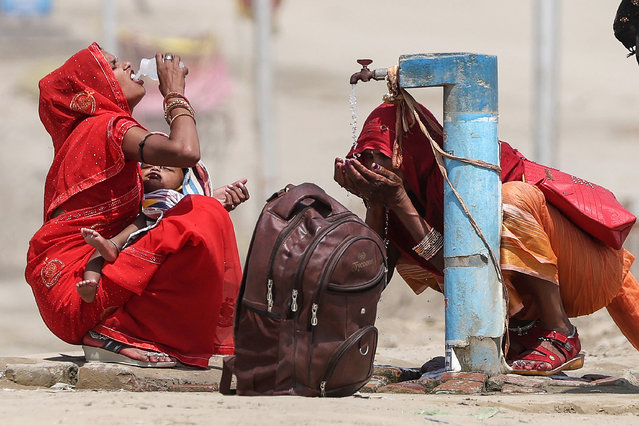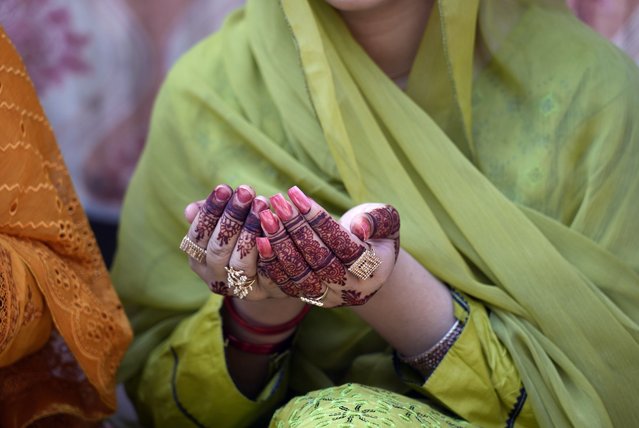
Supporters of the presidential candidate Muhammadu Buhari and his All Progressive Congress hits with a motorbike another supporter during celebrations in Kano March 31, 2015. Nigeria's opposition APC declared an election victory on Tuesday for former military ruler Buhari and said Africa's most populous nation was witnessing history with its first democratic transfer of power. (Photo by Goran Tomasevic/Reuters)
01 Apr 2015 11:50:00,post received
0 comments







